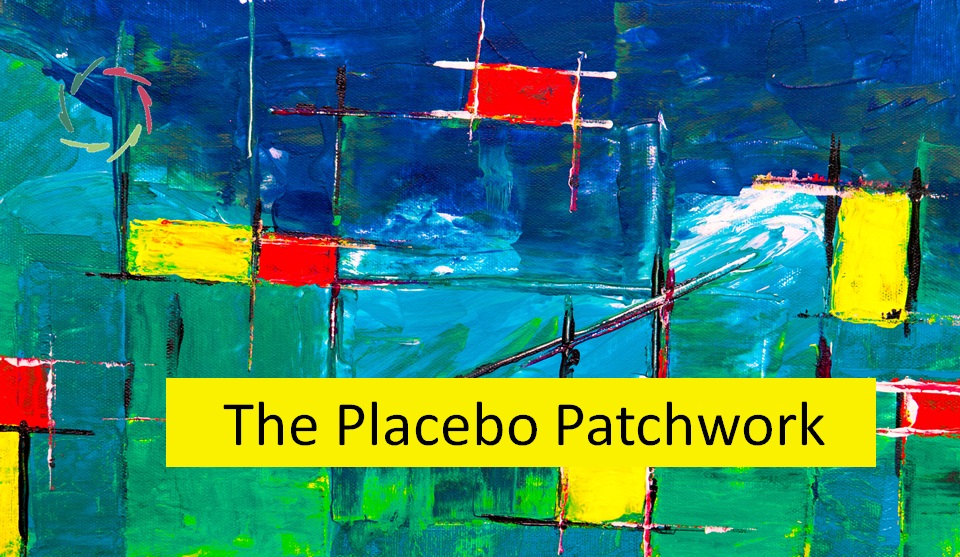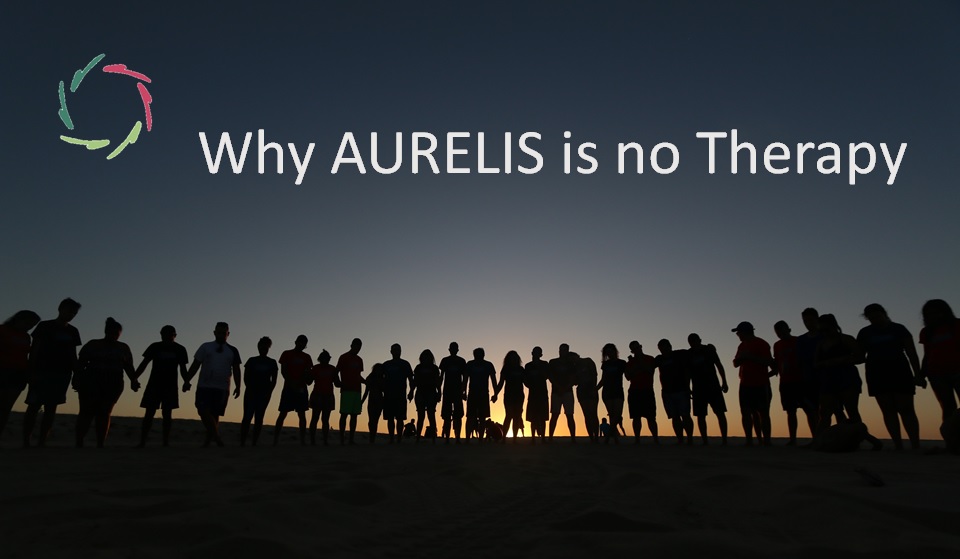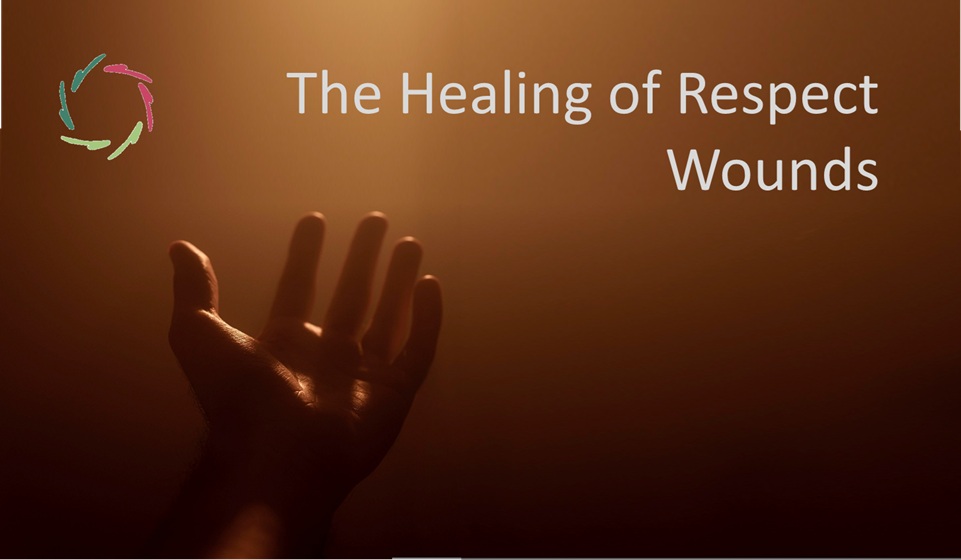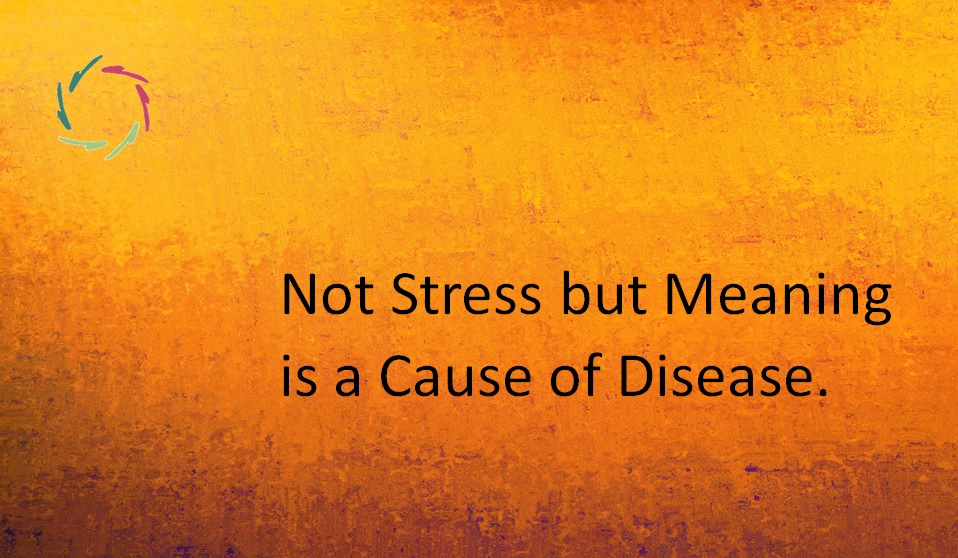The Placebo Patchwork

In a placebo patchwork, contradictory elements are stitched together with no deeper ground. This is very different from a set of well-grounded and integrated elements.
From the outside, it may be challenging to discern the difference.
Unfortunately, placebo patchworks can be pretty tenacious. Much of this tenacity lies in their not being one thing, but a patchwork.
I guess we can only surpass this by going deep into the phenomenon of placebo. [see: “About <Placebo> In-Depth“], [see: “Empathy vs. Placebo“] Then, we can look into the related patchwork phenomenon.
An image using marbles
Imagine a surface with a patchwork of pits. You roll a thousand marbles over the surface. The chances are that many of them get stuck into pits. With only one pit, at most a few marbles would get into it.
The case with many pits is ‘successful,’ yet without working out beforehand whether the marbles were meant to go there. There is no rational investigation into whether the pits are rightfully the purpose. Perhaps the marbles keep stuck because they cannot easily get out? Possibly, in the darkness of the pits, the marbles don’t know where they are. That is a very different story from the pits being genuinely helpful.
Purpose before pit
One should know which health-related purpose one wants to attain. To me, health is twofold:
- to be able to change,
- to be able to enjoy.
Being trapped in a pit is not conform to this look upon health. Even if a person is comfortably lying in some pit – or precisely then – it may be an unhealthy situation.
Placebos are like pits
The most successful placebo may be the one that captures the user in the most inescapable way. That is not, therefore, necessarily the best way nor the most effective in the long term. [see: “Placebo Is Not Good for You“]
So, is it OK to use several methodologies and instruments straightforwardly as a patchwork with the purpose of seeing what fits most to a client/patient? In this scheme, what ‘fits’ to the client is supposed to be the best modality. As we just saw, the opposite may be the case. Even if the instruments are not placebos, they may act as such to specific users who might be better off otherwise.
Many psychotherapies, many medications
are used instrumentally and without knowing their underlying mode of action.
When delving deeper into both fields, much of the action has a strong placebo flavor, to say the least. [see: “Psychotherapy vs. Psychotherapies“], [see: “How Active is Placebo?“]
CAM in particular
CAM healers, undeterred by scientific inclination, frequently follow small courses in this and that, to end up with a menu of offerings to their clients.
Generally seen, the CAM landscape is a big, continually changing patchwork of such offerings. In the framework of this text, this landscape cannot be but mainly a giant placebo patchwork.
A patchwork of pits may be suitable for capturing marbles. But here, it’s about people, and it’s not innocuous at all. Is this what we want in the West, in a purported age of Enlightenment?
Is this what is wanted globally?


